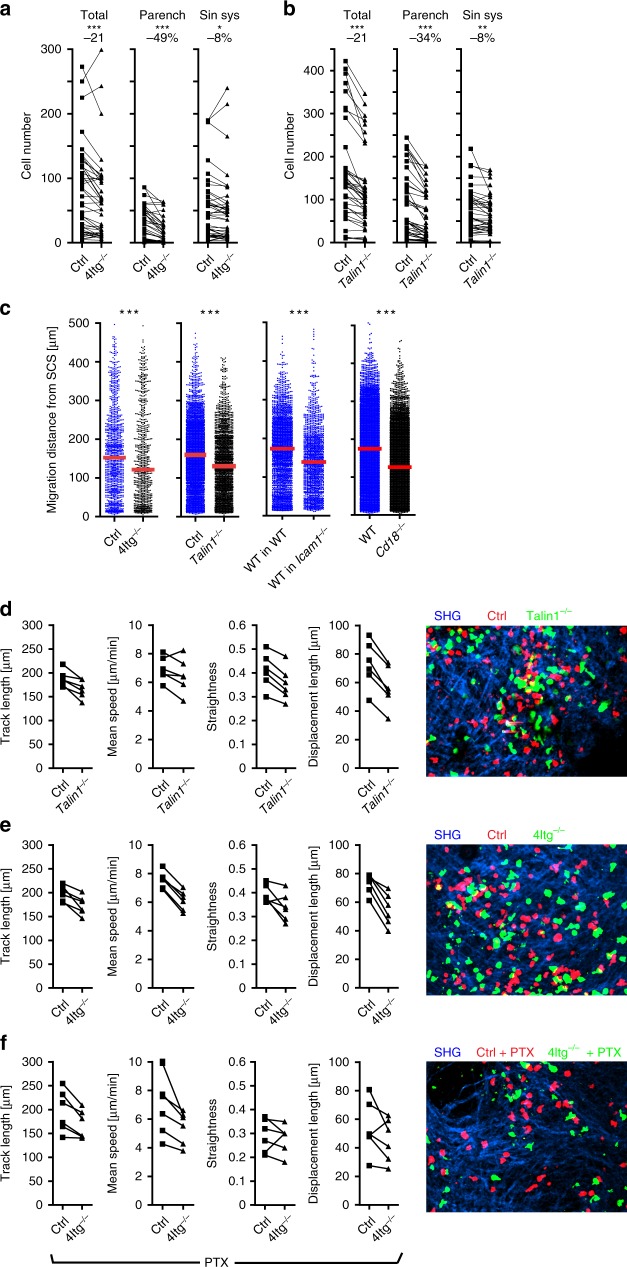Fig. 8. Integrins and Talin1 contribute to the homing of CD4 T cells into the LN after i.l. injection.
Quantitative analysis of adoptively transferred cells in popliteal LNs 90 min after i.l. injection of combinations of activated CD4+ T as indicated: a wild type and 4Itg−/−; b wild type and Talin-1−/−. a, b Left, total cell counts; dots represent cell counts per LN section; numbers above indicate the percentage of change compared to wild type (parench parenchyma, sin. sys. sinus system). c Migration distance of adoptively transferred cells from the SCS as indicated; dots represent cells; red bars, median; ns, not significant; *p < 0.05; **p < 0.01; ***p < 0.001 (paired t-test). Analysis of intranodal CD4+ T cell migration (left) and representative movies (right) (d–f) based on ex vivo time-lapse imaging of popliteal LNs after i.l. injection of activated wild type and Talin1−/− (d); wild type and 4Itg−/− (e), or PTX-treated wild type and 4Itg−/− (f) CD4+ T cells. Data calculated based on all cell tracks present within selected regions using automated tracking with manual correction. Dots represent the mean of one cell population per movie. ns not significant; a, b Wilcoxon signed rank test; c Mann Whitney test *p < 0.05; **p < 0.01, and ***p < 0.001 (paired t-test). Data are derived from three experiments with a total of eight (a, c) or four (d–f) mice, or from two experiments with a total of six mice (b, c). Scale bars 50 µm.

